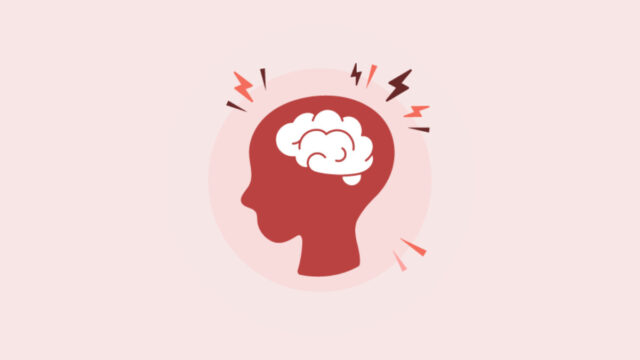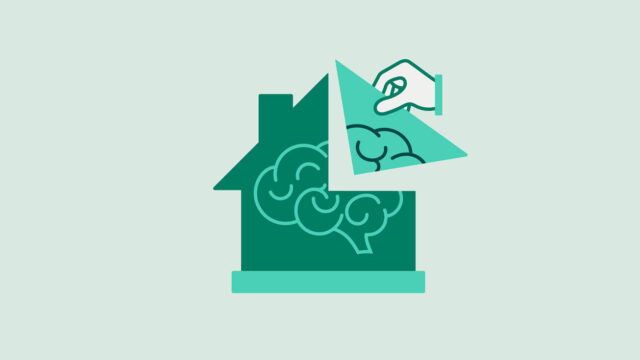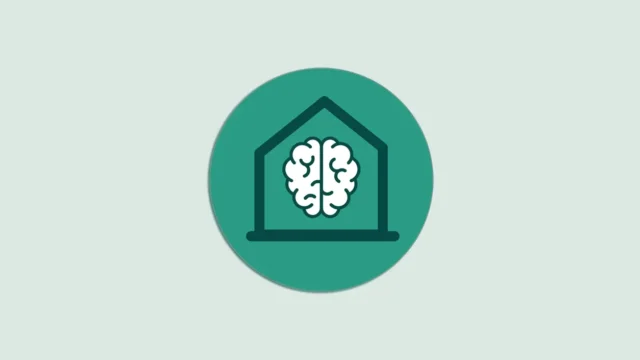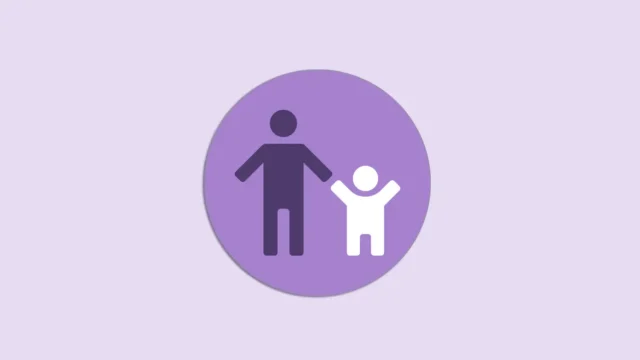What Surrounds Us Shapes Us: An Expanded Story of Early Childhood Development
Learn how development is shaped by the full scope of experiences and exposures that children encounter in the places where they live, grow, play, and learn.
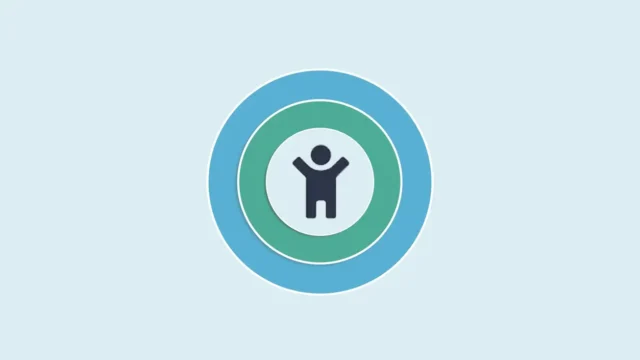

What Surrounds Us Shapes Us:
An Expanded Story of Early Childhood Development

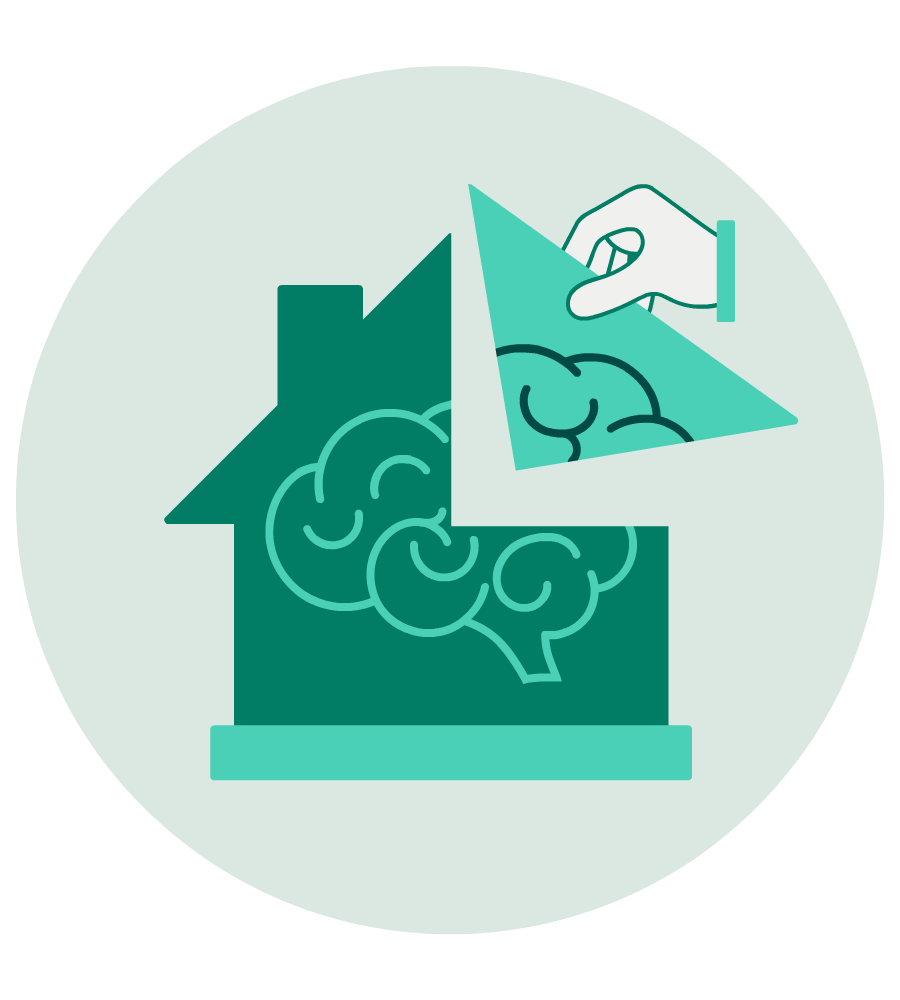
At the Center on the Developing Child at Harvard University, we are committed to leveraging the power of science in pursuit of better outcomes for young children facing adversity. Over the last 20 years, a unique partnership between the Center, the National Scientific Council on the Developing Child, and communication scientists at the FrameWorks Institute has helped to increase public understanding of early childhood development and the importance of supporting healthy development during the earliest years.
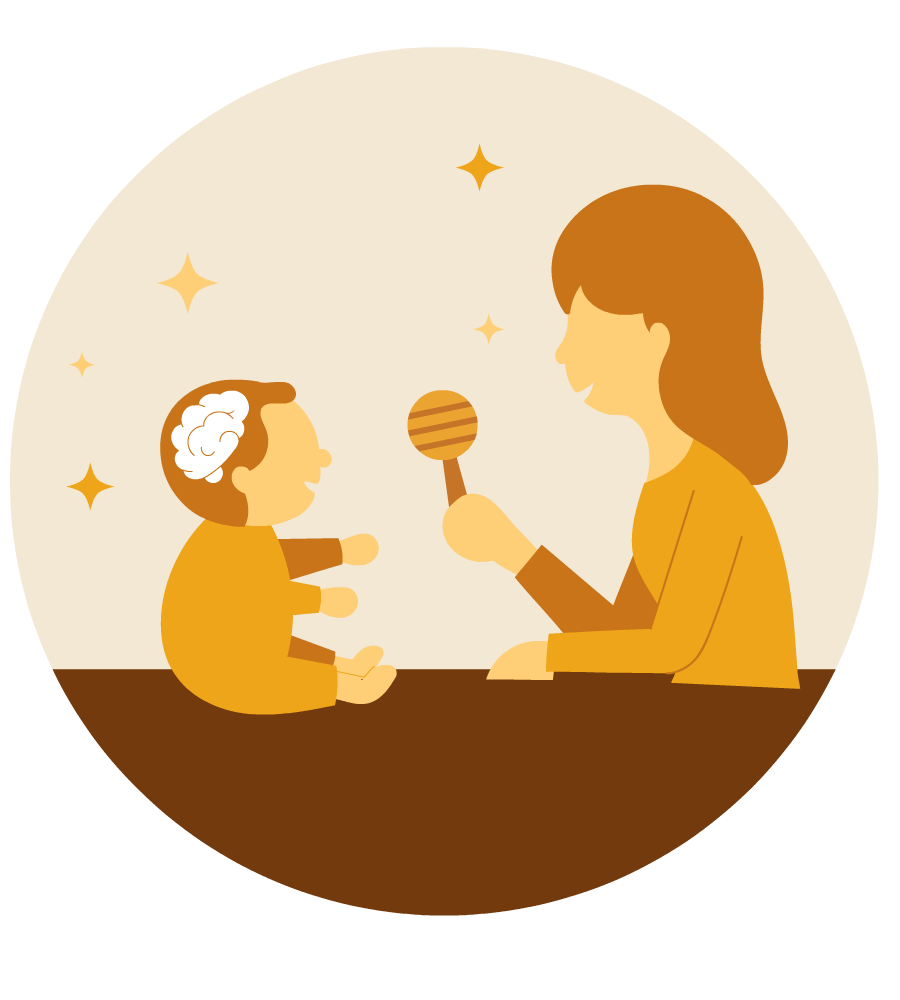

This longstanding collaborative endeavor has advanced efforts to synthesize and communicate about key science concepts related to early childhood development, including three core ideas: brain architecture, toxic stress, and serve and return interactions. These concepts—and the causal, science-based narrative this group helped create to build public understanding around them—have been broadly adopted among public, academic, and policymaking audiences, helping to shape how decisions are made to support healthy development across a broad range of domains, from early care and education to child welfare to public health to family support.
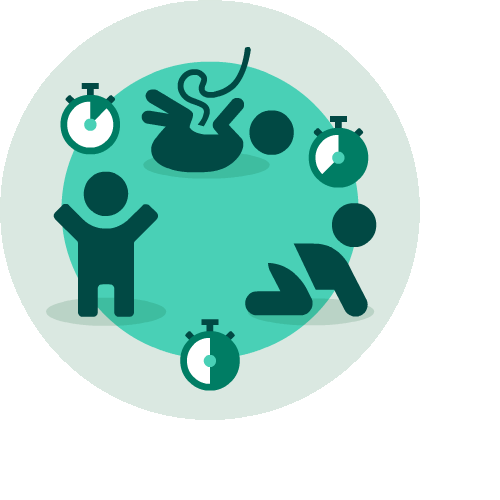
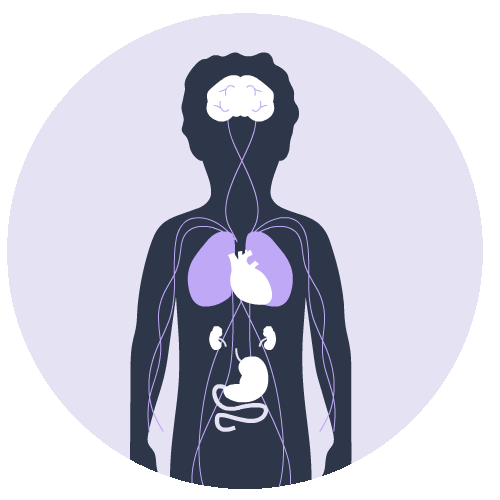
This narrative explained how, for a young child, responsive serve and return interactions with caregivers are central to early childhood development, providing critical support for the development of healthy brain architecture and a buffer against toxic stress and the potential impacts of adversity. When these foundational relationships are not present, or when caregivers are unable to engage in responsive interactions, it can disrupt development and potentially lead to challenges in learning, health, and behavior across the lifespan.
This science still holds true today, and these concepts remain critical to our understanding of early childhood development. But science does not stand still. Ongoing research makes it increasingly clear that we must expand beyond a child’s environment of relationships to consider influences from the broader environment, and that these social and environmental influences shape not only brain development but the development of all biological systems, including the metabolic, immune, and cardiovascular systems, with lifelong impacts on physical and mental health. We must also take into account the deeply interconnected nature of development, and that when it comes to influences from a child’s environment, timing matters. It’s not just what happens, but when, and that includes what happens during pregnancy, and even earlier, with the health of a child’s parents.
This science still holds true today, and these concepts remain critical to our understanding of early childhood development. But science does not stand still. Ongoing research makes it increasingly clear that we must expand beyond a child’s environment of relationships to consider influences from the broader environment, and that these social and environmental influences shape not only brain development but the development of all biological systems, including the metabolic, immune, and cardiovascular systems, with lifelong impacts on physical and mental health. We must also take into account the deeply interconnected nature of development, and that when it comes to influences from a child’s environment, timing matters. It’s not just what happens, but when, and that includes what happens during pregnancy, and even earlier, with the health of a child’s parents.


Children’s development is shaped by a constellation of influences from their developmental environment—the full scope of experiences and exposures that children encounter in the places where they live, grow, play, and learn. Those environments can include both positive and negative influences.
In addition to influences from a child’s environment of relationships, this includes conditions in children’s built and natural environments such as the availability or lack of safe, stable housing; access or barriers to a clean water supply; and the presence or absence of safe green space, which provides not only a place to play but can support mental health for children and caregivers alike.
These influences shape how children develop—beginning before birth—in both direct and indirect ways.
These influences shape how children develop—beginning before birth—in both direct and indirect ways.
They shape the development of children’s biological systems directly, with implications for children’s development, health, and well-being in the moment and across the lifespan.
They can also have indirect effects on how children develop, as they impact children’s caregivers, communities, and broader environment of relationships.
For example, extreme heat can directly affect children by causing asthma or allergy flare-ups. It can also have indirect effects, as caregivers may experience their own heat-related illness or stress, which can impact their ability to provide responsive care.
For example, extreme heat can directly affect children by causing asthma or allergy flare-ups. It can also have indirect effects, as caregivers may experience their own heat-related illness or stress, which can impact their ability to provide responsive care.

In the United States, the places where children live, grow, play, and learn have been designed based on decisions made over time. Our neighborhoods have been shaped by structural racism embedded in historic and current policies, such as redlining—a federally backed program that denied mortgage loans and financial services to residents of Black and low-income neighborhoods for nearly 40 years.
As a result, the qualities and conditions of children’s developmental environments are not equally or fairly distributed, and many children of color and children living in poverty experience significant exposure to adversity without significant access to opportunity, which can affect development.
As a result, the qualities and conditions of children’s developmental environments are not equally or fairly distributed, and many children of color and children living in poverty experience significant exposure to adversity without significant access to opportunity, which can affect development.
Our warming world—and the increasing frequency and intensity of extreme weather events like floods, droughts, and powerful storms that result—is worsening these inequalities and shaping children’s environments in significant ways that can also affect development.

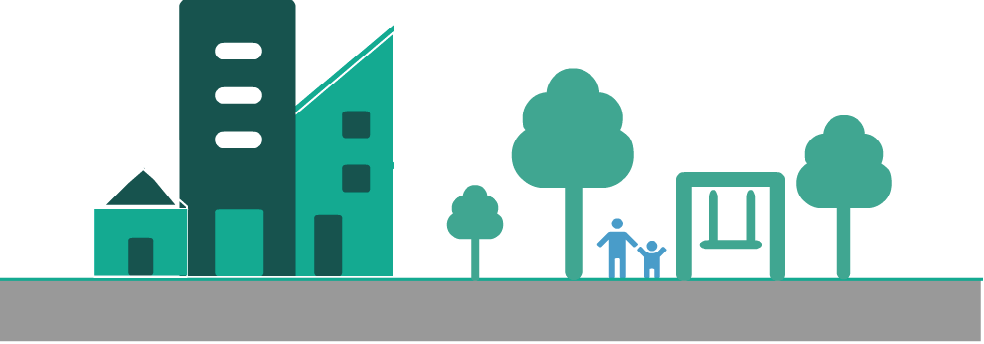
Just as places have been designed over time, we can re-design communities, bringing together a science-informed lens, community expertise, and lived experience of caregivers raising young children to support healthy development and create places free of hazards and rich with opportunity for all children.
A new era of policy and program solutions must extend well beyond traditional “children’s issues” to include a wide range of policy domains that shape children’s environments—from housing, to urban planning, to economic security, to climate readiness. We must consider and prioritize children in all policy realms in order to achieve fairness across our communities and provide all children with developmental environments that support their health and well-being, along with their caregivers.
Together, we can work toward a world where every child grows up in a developmental environment where they have what they need to thrive—surrounded by supportive relationships, positive experiences and opportunities, and broader environments that support their health and well-being.

